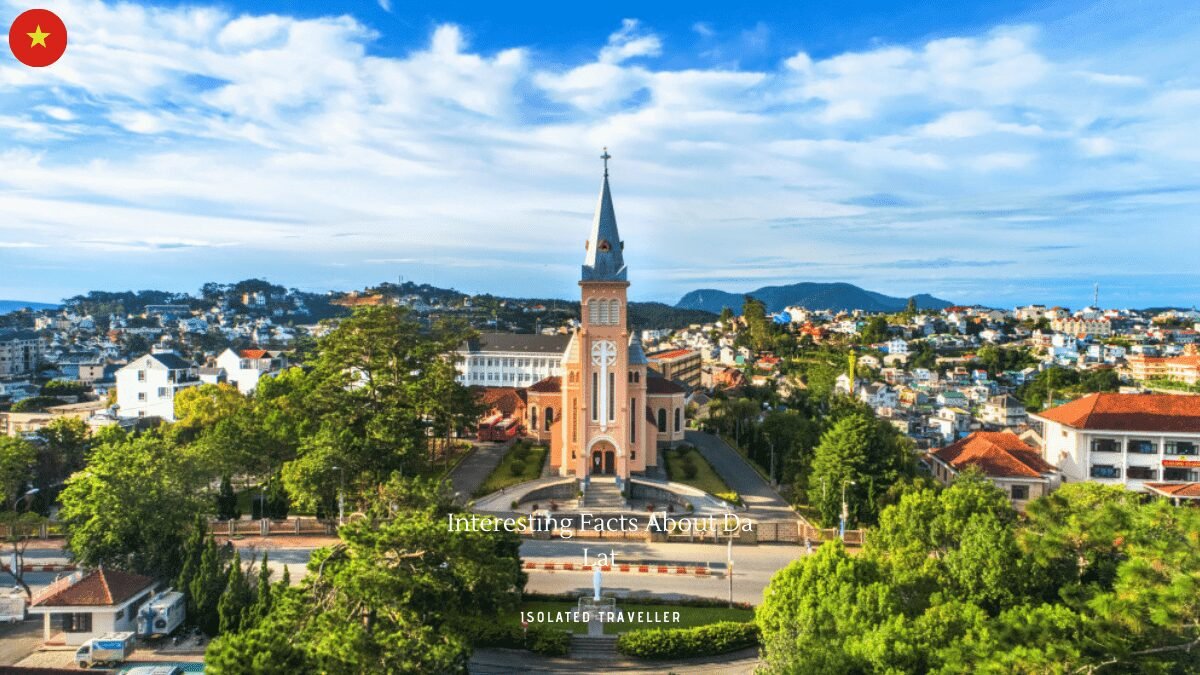Facts About Da Lat
- Da Lat is known regionally for avocado ice-cream, for bánh tráng nướng and for its large garment market, with a broad selection of cool-weather clothes.
- Da Lat is also known as an area for scientific research in the fields of biotechnology and the only city in Vietnam researching nuclear physics.
- Da Lat is the capital of Lâm Đồng Province and the largest city of Central Highlands region in Vietnam.
- The city is located 1,500 m / 4,900 ft above sea level on the Langbian Plateau.
- The name derives from the acronym of the Latin phrase ‘Dat Aliis Laetitiam Aliis Temperiem’, which the French colonial government used in their official emblem of Da Lat. In reality, the name Đà Lạt derived from the language of the local ethnic group Lạt and its original meaning is “Stream of the Lạt”, and the acronym above is in fact a backcronym.
- Da Lat is divided into 12 wards numbered from 1 to 12, and 4 communes: Tà Nung, Xuân Trường, Xuân Thọ and Trạm Hành.
- The highest temperature ever in Da Lat was 31.5 °C, and the lowest was −0.6 °C.
- Da Lat is twinned with Melbourne, Victoria, Australia; Minsk, Belarus; Phnom Penh, Cambodia; Mississauga, Ontario, Canada; Chengdu, Sichuan, China; Dalian, Liaoning, China; La Habana, Cuba; Copenhagen, Denmark; Paris, France; Sapporo, Hokkaido, Japan; Almaty, Kazakhstan; Jeju Province, South Korea; Incheon, South Korea; Vientiane, Laos; Kazan, Russia; Moscow, Russia; Novosibirsk, Russia; Los Angeles, California, United States; Kaohsiung, Taiwan & Chiang Mai, Thailand.
- Da Lat is the home to Vietnam’s only one white flamboyant tree. The tree was brought to Vietnam by Dr Ha Ngoc Mai in 1998. The tree is planted in the villa at No.75 Phu Dong Thien Vuong Street, Da Lat.
- The Linh Phuoc Pagoda is one of the most famous pagodas in Vietnam with a 37-metre bell tower, making it the tallest in the country. The bell weighs about 8,500 kilos.


